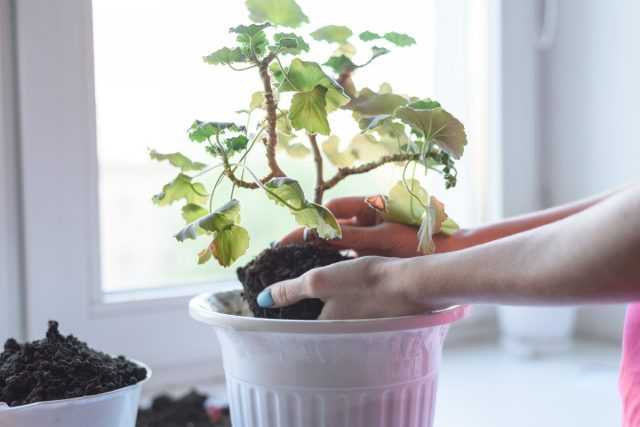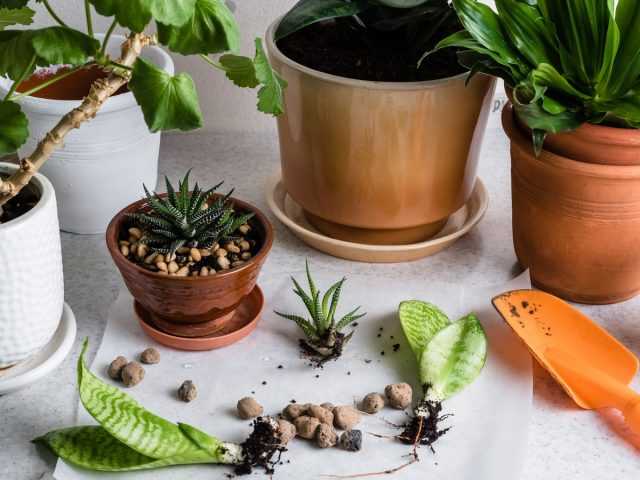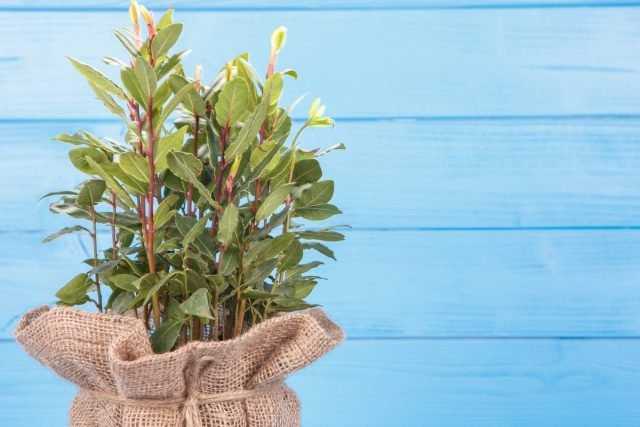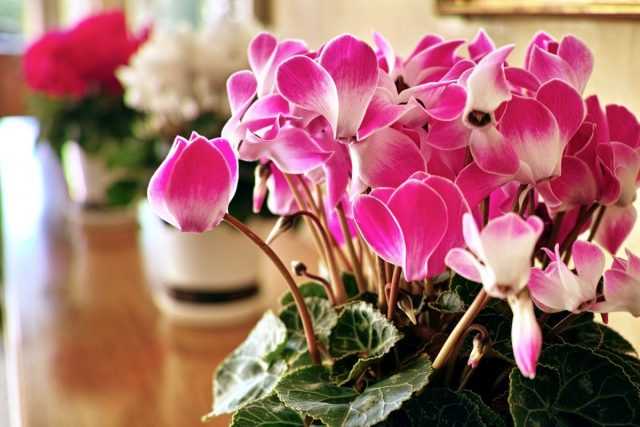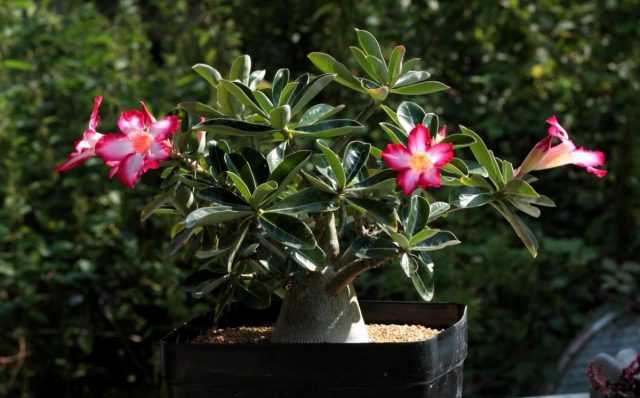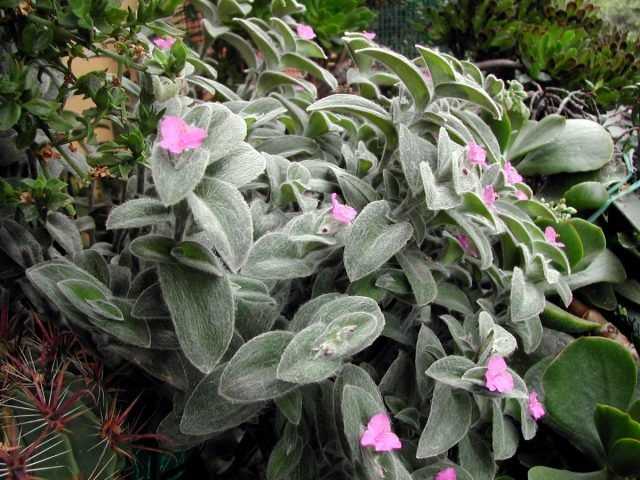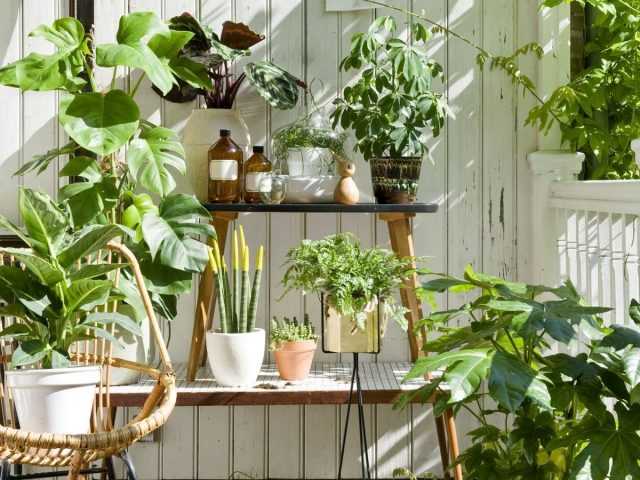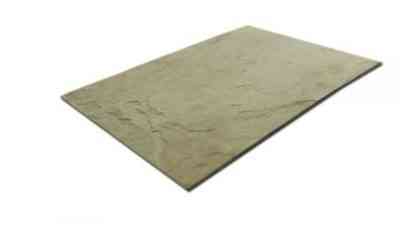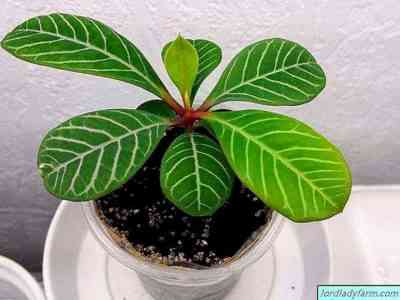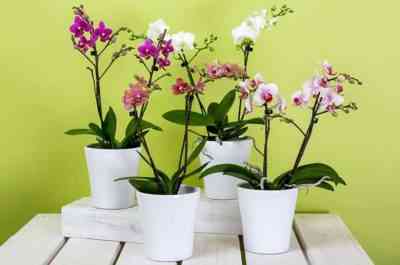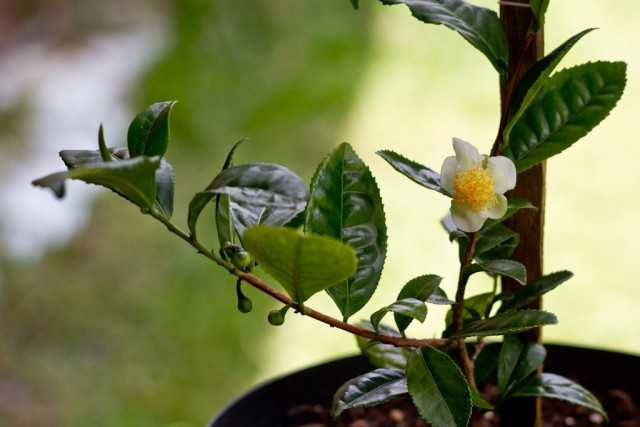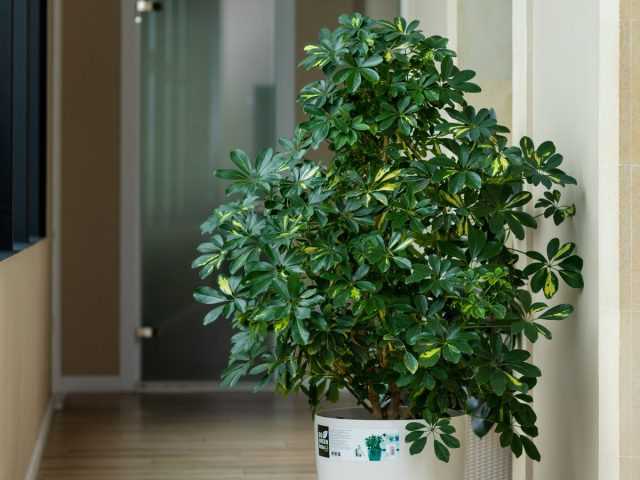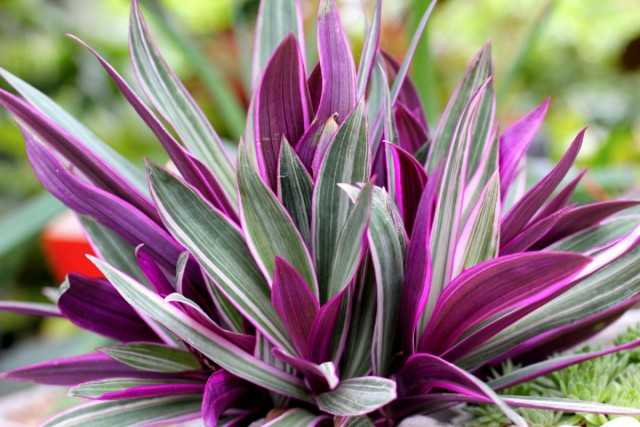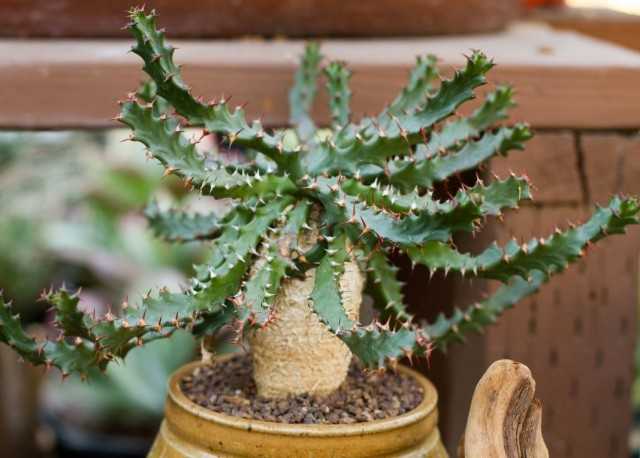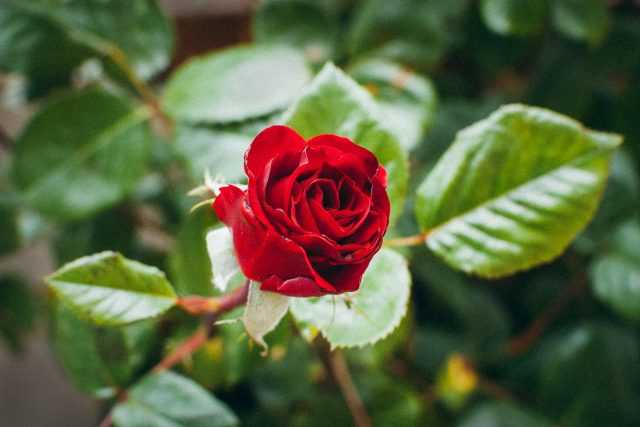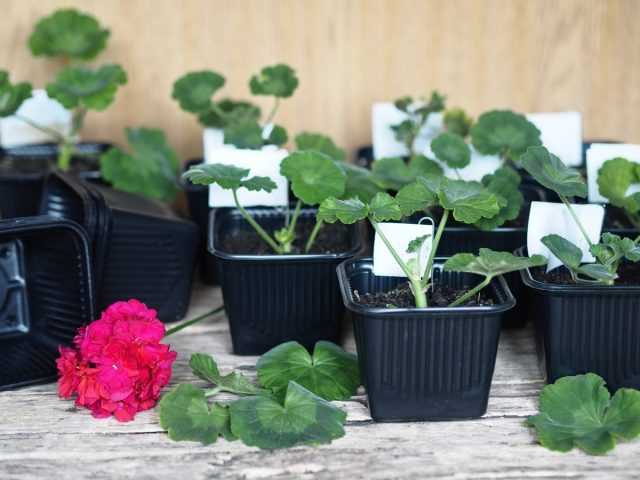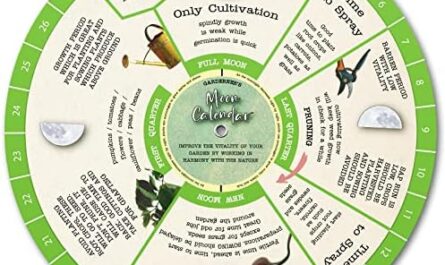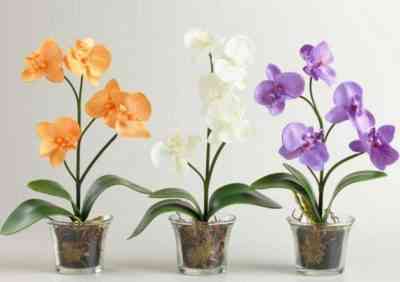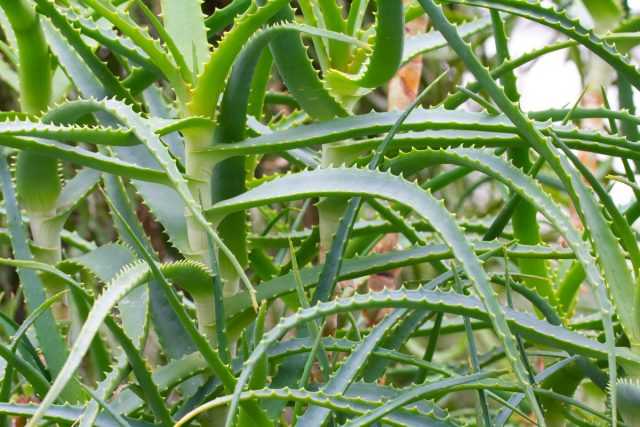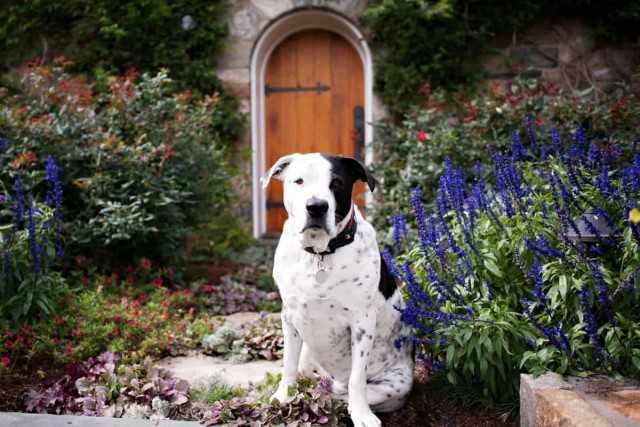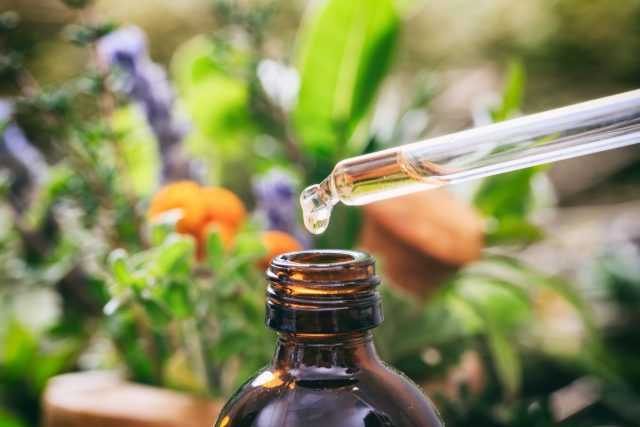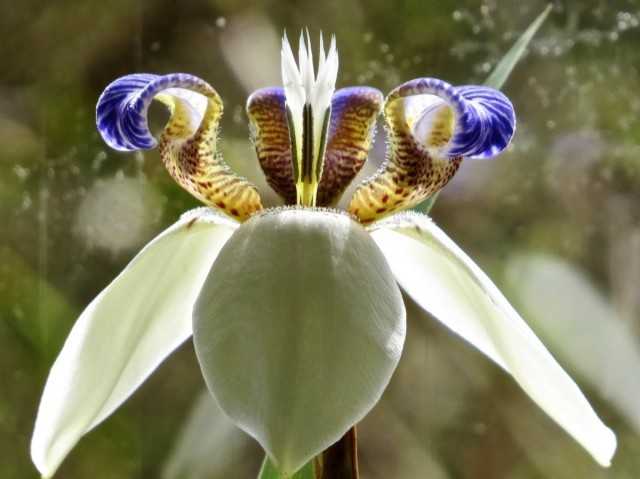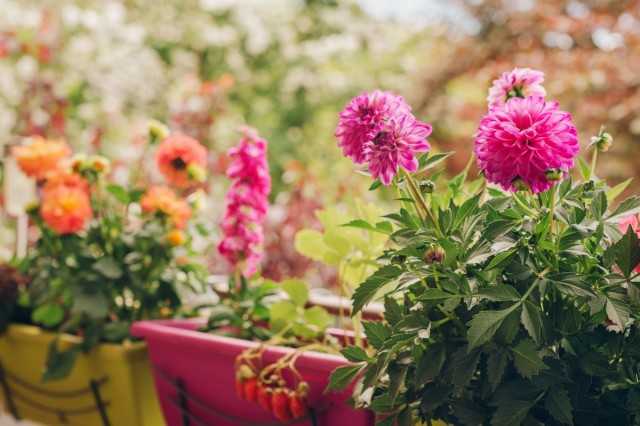Any indoor hyacinths are distilled plants. The peculiarities of their cultivation are determined by the desire to get healthy, spectacular, flowering plants by a certain date. Despite the fact that forcing any bulbous is similar, each species has its own characteristics. Hyacinths are grown both as a temporary “disposable” plant and returned to the garden after flowering. But even if they plan to just throw them away, do not forget about the rules for growing them – temperature, lighting and care. After all, it is they who determine how long this spring flower will delight you with its aroma and elegant look.
5 secrets of growing hyacinths in the room
1. Selection of bulbs and varieties
Any varieties are suitable for early (flowering in November-December), medium (January-February) and late (by March-April) forcing. But growing in rooms has its own favorites, which are less likely to cause problems.
Reliable options:
- white grade Innocence (Innocence),
- orange-fawn “Garlem” (Harlem),
- pink “Garibaldi” (Garibaldi),
- red Moreno (Moreno),
- blue “Pride of Holland” (Pride of Holland),
- lilac blue “Grand Mater” (Grand Master).
For distillation for the winter holidays, the following are especially good:
- blue variety “Ostara” (Ostara),
- violet “Amsterdam” ( Amsterdam),
- pink “Anna Maria” (Anne Marie).
Suitable for spring distillation “Amethyst” (Amethyst) and pearl series – “Pearl Diamond” (Pearl Brilliant), “Pink Pearl” (Pink Pearl).
For optimal results, it is best to use special varieties and forcing bulbs. Large, carefully selected, and, most importantly, already treated with drugs, purchased bulbs are less hassle and appear in large quantities on sale in the fall. They are ideally stored outside the soil and are ready to plant.
You can, of course, use “ordinary” hyacinths, but they must be selected carefully. Only very large bulbs with a circumference of 17-18 cm are suitable for forcing (it is more convenient to use a weight measure – from 80 to 100 g). Bulbs must be in perfect condition, dense, weighty, free from damage, mold, drying, rot or improper storage. If bulbs are dug up in their own garden, then for early distillation they need to be dug up in the last decade of June, and for middle and late ones – in the first decade of July.
Any hyacinth bulbs must be stored in a dark to medium-cool, always dry place before planting.
The preparation of garden, ordinary, untreated hyacinth bulbs begins with proper processing. For forcing to go faster (just like with purchased bulbs for forcing), it is better to keep the bulbs in a solution of a root formation stimulant for about 2 weeks. They are carefully placed with the bottom down in shallow containers and the working solution prepared according to the manufacturer’s instructions is poured so that 2 cm from the bottom is immersed in it. The treated bulbs are slightly dried before planting. It is advisable not to forget about etching in fungicides.
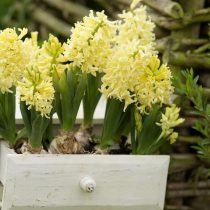
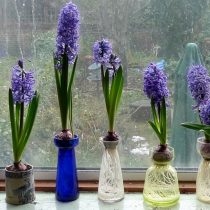
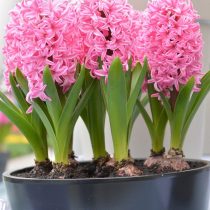
2. Correct fit
The timing of planting in indoor hyacinths is also determined by the timing of their flowering. September is the month of the start of forcing hyacinths, when bulbs are planted with the expected November-December flowering. For winter holidays, planting is carried out during October, and for spring holidays – until December.
The best results are obtained in September-October planting, therefore, in the first half of the month, plants are usually planted for the winter holidays, in the middle – by March, adjusting the flowering time with a temperature regime (lowering the temperature and shortening daylight hours to slow growth).
Hyacinths are much easier to plant than other indoor bulbs. Large bulbs and standard containers are the only options for growing in soil. The easiest way to plant hyacinths is one bulb at a time, in pots 9-10 cm in diameter with good drainage holes. When planting in a group from the walls and between the bulbs, leave 2,5-3 cm, calculating the number of plants according to the diameter of the pot.
It is better to cover the drainage holes with a net or a scoop. Despite the fact that bulbs are often planted without drainage, planting it is the best guarantee that serious irrigation errors and death from rot can be avoided. Even coarse sand will do.
Hyacinths grow better in a special substrate for bulbous, but in general, they are unpretentious to the soil. If the soil is nutritious and loose, garden soil with the addition of sand, and a universal substrate, and a peat-sand mixture (3 to 1) are suitable.
The landing itself is extremely simple, for hyacinths you do not need to calculate the depth:
- The pots are filled with the substrate almost to the brim, without tamping.
- An onion is placed in the center, gently pressing it into the soil and squeezing it with a substrate. The bulb should not protrude above the edge of the container, but the top is not covered with a substrate either, deepening it by about ⅔ of the height.
- Careful watering is carried out, if desired, the soil is mulched with sand.
If hyacinths are grown in water or hydroponically – in flasks, glasses, glasses, the diameter of which corresponds to the size of the bulb and allows you to install it “securely”, then the bulbs just need to be installed above the water (so that the bottom of the water surface does not touch, but is as close to her, 0,5-1 cm). Fertilizers for hydroponics or bulbous plants and a small amount of charcoal are added to the water.
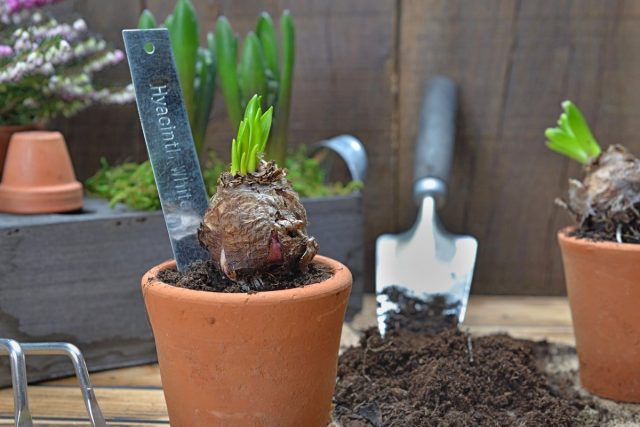
3. Period of rooting in the dark
With hyacinths, a quick result cannot be achieved. For the period of rooting and the beginning of growth after planting, treated bulbs take 2-2,5 months, for ordinary ones – from 2,5 to 4 months. And all this time, you need to keep the bulbs cool (from 4 to 8 degrees Celsius), dark (you can under an impenetrable cap) and at high, about 90% humidity.
To create the ideal light soil moisture, you can carry out rare, slightly soaking soil or bottom gentle watering, without allowing the soil to completely dry out. If there are a lot of containers, you can install hyacinths in a box (cardboard or wooden) in wet sand, sawdust, sphagnum, peat, filling the gaps between the pots and covering the bulbs with a layer of about 2 – 3 cm from above.
The “filler” creates a special microclimate provided it is regularly moistened. And for hyacinths planted in flasks and glasses, it is enough to maintain a stable water level.
Read also our article 9 of the most beautiful varieties of hyacinths that I have grown.
4. Period of active growth and budding with a slowdown
The plants are transferred to new conditions, when the shoots have risen to a height of 4-5 cm, checking the quality of rooting and the development of the roots. The temperature is increased at once or in several stages, to cool room temperature – from 15 to 22 degrees Celsius.
Hyacinths are taught to light gradually, moving them closer to the window or exposing them to the windowsill at once, but covering them with a paper cap. The cap is removed when the sprouts stretch up to 8-10 cm, and yellowish leaves rolled into tubes appear.
Watering is increased gradually, from minimal to medium, maintaining a slight moisture content of the substrate and allowing it to dry out from above. Waterlogging is unacceptable. Air humidity should remain high (from 90%) and be combined with frequent, neat ventilation. The leaves can be sprayed when they open and turn green.
From the moment when unformed inflorescences appear until flowering, there will be about a month (25-30 days). And the main secret during this period is the brightest lighting and the air temperature from 16 to 18 degrees. Duration of daylight hours from 12 hours is desirable, it can be regulated by additional lighting. If you need to postpone flowering, it is reduced and the temperature is lowered (for acceleration, it is brought to 14-16 hours and above 20 degrees).

5. Changing conditions with the appearance of buds
To achieve the most lush and long-lasting flowering, you will need to lower temperatures at the budding stage. In this case, the lighting should remain as bright. The best option is to move the hyacinths to a place where the temperature remains within 8-10 degrees (for example, to a balcony). If it is impossible to keep the plant in constant coolness (10-12 degrees), then with the blooming of the first flowers, they can be transferred back to a warm room.
This will affect the duration of flowering, but it will still be much longer than with constant heat. Watering is left the same, as is the humidity. Top dressing starts from the moment the plants bud with special fertilizers for bulbous plants according to the instructions and ends with their flowering.
Read also our article Secrets to Successfully Forcing Hyacinths at Home.
Attention! On hyacinths at all stages, it is very important not to forget about careful examination of the leaves and inflorescences, because this bulbous is one of the most susceptible to pests and rot. Aphids and scoops are not uncommon on hyacinths, but root mites are much more dangerous. Fighting insects is radically and quickly, immediately – with insecticides.
